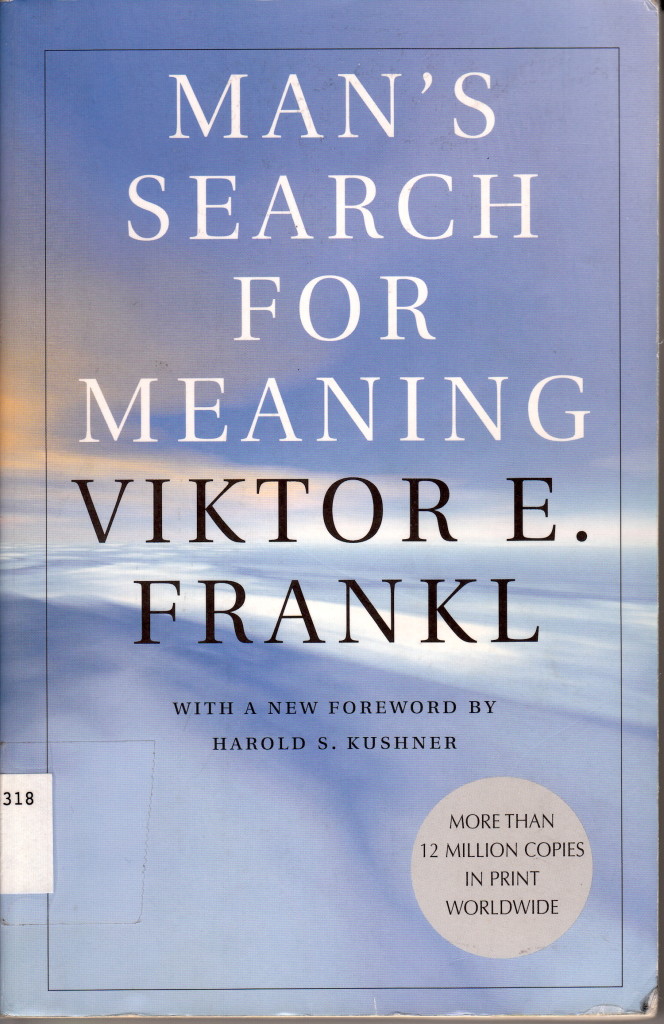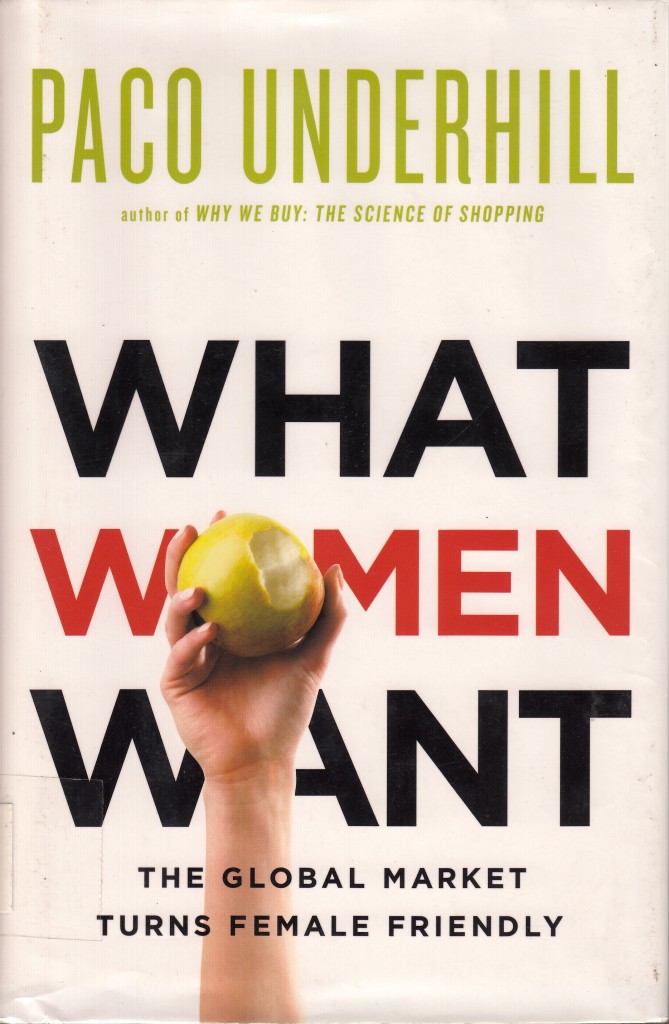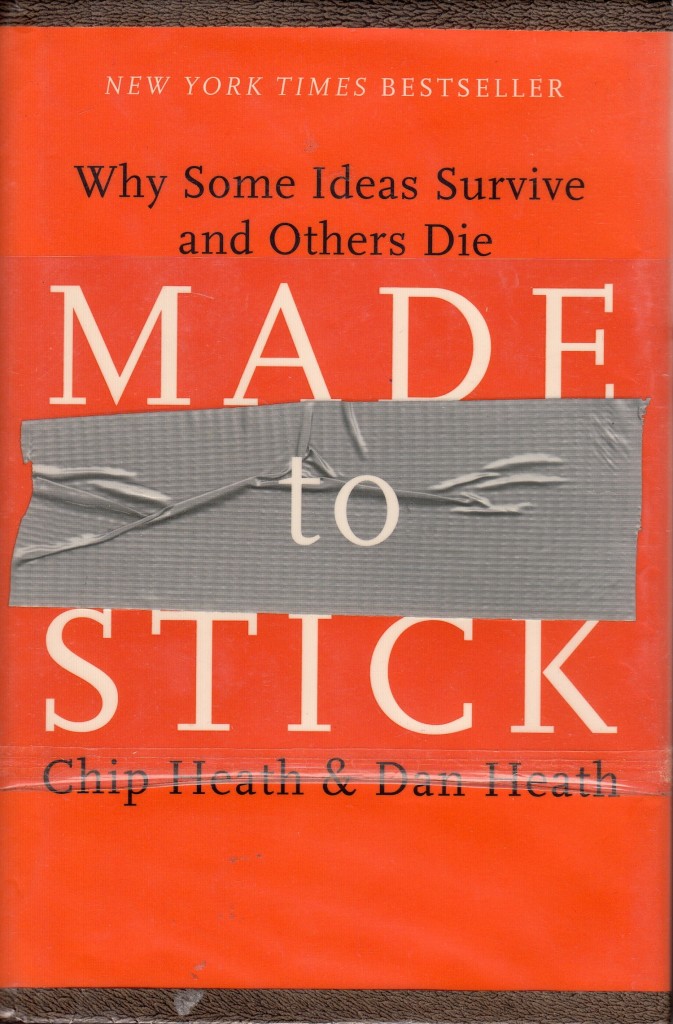What’s it about?
Viktor Frankl spent World War II in a concentration camp. He was a therapist before he was imprisoned, and he used his time in the camps to better understand himself and humanity. It’s not a long overview of his time in the camps – maybe 100 pages? – but it’s powerful stuff. The upshot is that the people whose lives had meaning, who had something to live for, those people were the ones who survived. If you believed that you were going to be free by Christmas and then Christmas came and went, well, it was highly likely that you were going to die shortly thereafter. There’s a short appendix talking about his therapeutic philosophy – that everyone who believes their life has a purpose is happier and healthier. So why are you here?
Why should you read it?
The week I read this was a hard one. I was having a small bout of depression; my husband was out of town, so I was single-parenting; and I got insomnia. Reading Man’s Search for Meaning helped, a lot. It set my brain thinking about why I do what I do. I won’t go into detail (this blog post isn’t a therapy session!), but it gave me the headspace and strength to make it through. And I needed that. I know this book has helped other people figure out what they want to do with their lives. But for me it was simpler, more a confirmation that I’m ok with where I am. Sometimes, that’s all you need.



